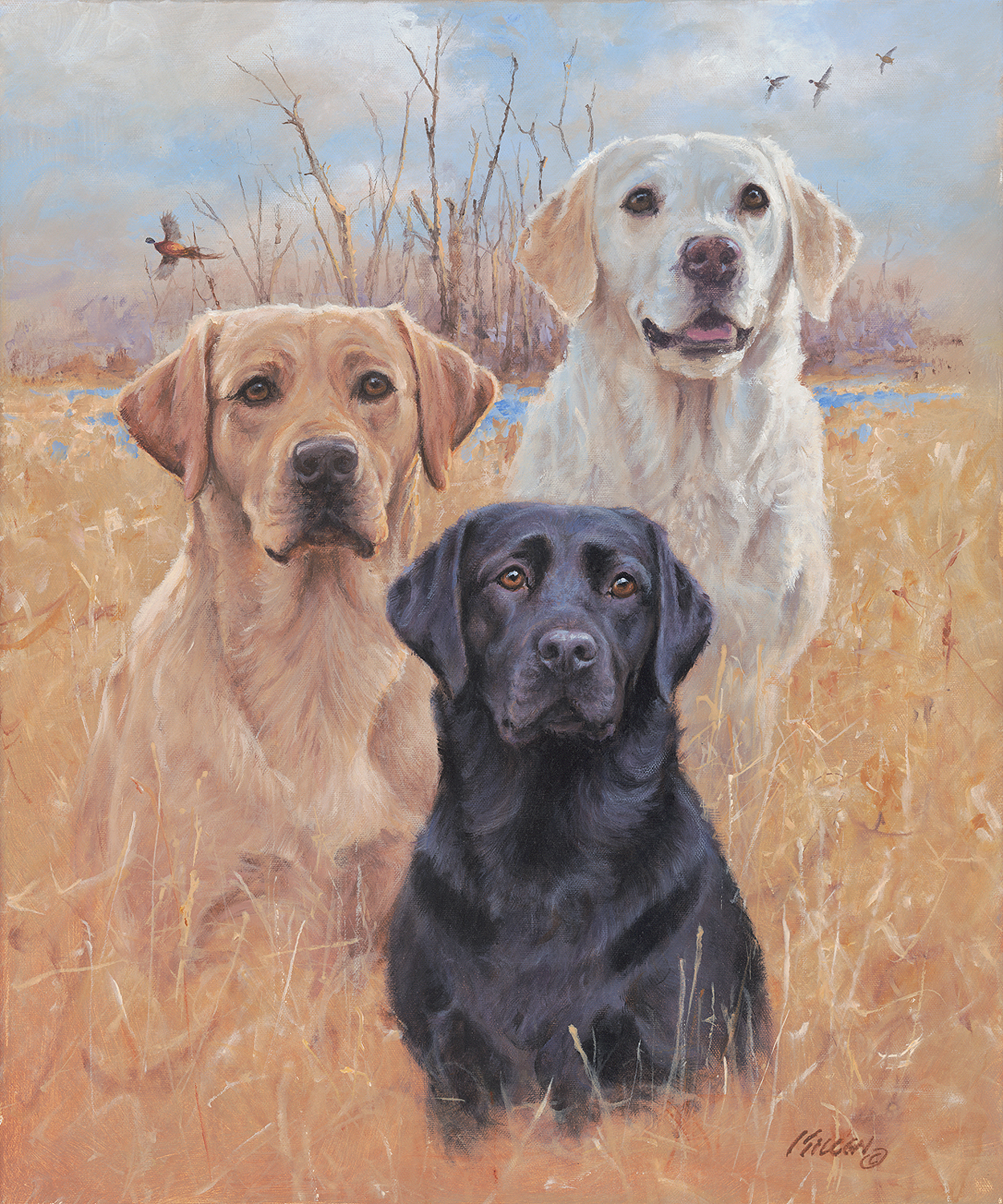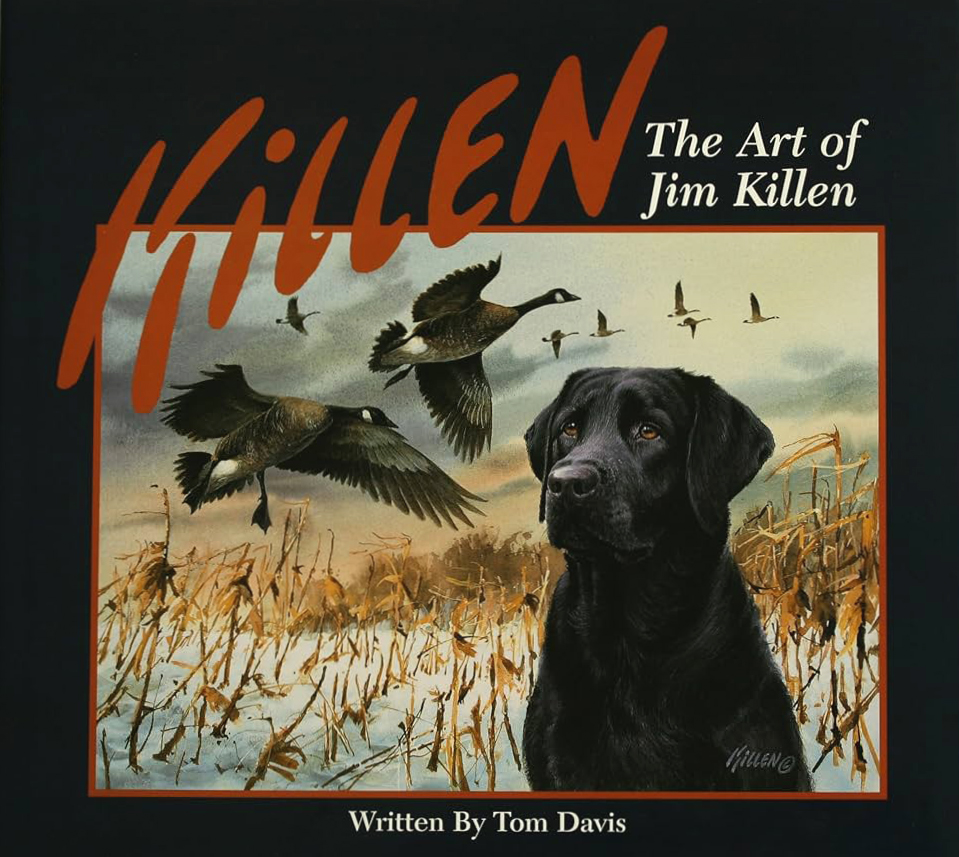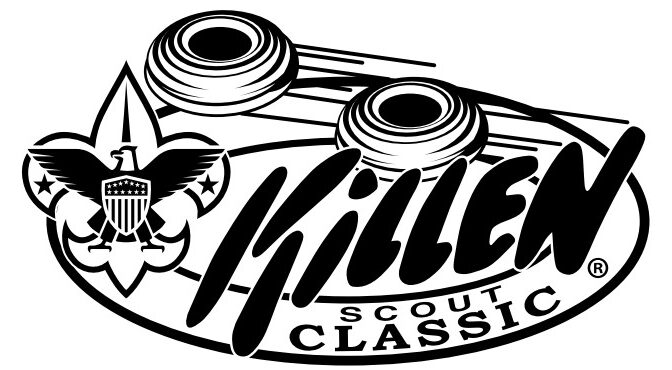The masterpiece that was Jim Killen‘s life began on January 22, 1934, and ended in the early hours of January 6, 2024, at home, surrounded by his loving wife, four children and the woods that he called home.
Jim came from simple beginnings. Born to a baker and his wife in Montevideo, Minnesota, Jim was the second of six children, and from the young age of 11, he lived with area farmers to work their land and earn money to help support his family. He returned home at the age of 15 to assist his father at the bakery, reporting to work every morning at 2 a.m. to bake and deliver goods to local businesses in St. James, Minnesota.
Jim graduated from Jackson High School where he was captain of the basketball and track teams. After high school, he served as a park ranger in Park Rapids for a while, then enrolled at Mankato State Teachers College (now known as Minnesota State University, Mankato), where he took an interest in psychology and industrial arts. He was recruited to run track and was Minnesota’s College Champion in the mile run. His 4:19 time earned him the right to compete at the Nationals in Abilene, Texas. He graduated in 1957 with honors and a Bachelor of Science in Art. In 1999, Jim was formally recognized with a Distinguished Alumni Award by Minnesota State University, Mankato.
Following graduation, he was hired by Jostens but was almost immediately drafted by the Army, reporting to Fort Carson, Colorado. He eventually transferred to the United States Correctional Barracks at Fort Leavenworth to be part of the Psychology Department. While stationed at Fort Leavenworth, he met Karen Hite, whom he married on November 7, 1959. Following his military duties and honorable discharge, Jim returned to Jostens to build an impactful career as an art director. He was proud to have designed many rings that are still being offered today and collaborated on the creation of the 1980 Olympic medals.

This Killen original features his white lab Duchess. She is mother to the Yellow, Winston and Tessie.
In 1974, Jim made the decision to pursue a career in wildlife art, which led to many international, national and U.S. State honors. In 1997, he was inducted into the U.S. Art Hall of Fame and in 2014, into the Minnesota Waterfowl Association Hall of Fame. Jim was a three-time Ducks Unlimited International Artist of the Year and won in excess of 20 State duck and pheasant stamps.
During his long and celebrated career, Jim focused primarily on three subject areas: Vanishing America, Wildlife and Canine images. In the beginning, he worked exclusively in transparent watercolor, then experimented with gouache (opaque watercolor), then moved to acrylic and finally into a combination of all three.
“I followed Jim’s career for many years and I’ve always been amazed at his artistic versatility,” says Chuck Wechsler, former editor of Sporting Classics. “I’ve watched him go from painterly, almost impressionistic, landscapes of rural America to stirringly realistic portrayals of wildfowl and sporting dogs.”

In his Introduction in The Art of Jim Killen, published in 2000, Wechsler wrote: “Jim’s art touches the viewer emotionally. When we see that flight of canvasbacks careening over the waves, we can sense his passion for waterfowling – indeed, for just being in the marsh on those cold November days. When we gaze upon the weathered boards of the old farmhouse, we can hear the sounds that he holds dear –of children playing in the yard and the rhythmic hoofbeats of horses on a rural country road. When that old Labrador retriever stares at us with a tennis ball wedged in the corner of his mouth, we can feel the dog’s unbounded joy and unconditional love.
“Whatever the subject, Jim’s paintings invariably leave me feeling good about life, good about the things that I value – all of which is understandable. Because to Jim, the very act of painting is an affirmation of the fundamental goodness of life and a joyous celebration of those things that he held so dear.”
What Jim, his wife Karen and their children also held dear was a deep concern for conservation. They planted nearly 40,000 trees and created several ponds, food plots and habitat for animals at the family’s property in rural Owatonna. Jim’s contributions of artwork in support of Ducks Unlimited raised more than $20 million to preserve wetlands and waterfowl habitat. In addition, Pheasants Forever, the National Wild Turkey Federation and many other conservation organizations received generous support from Jim and Karen. The Lac qui Parle Waterfowl Refuge is named after the couple.

For the past 28 years, Jim also supported the Boy Scouts of America through the Killen Classic Sporting Clays shoot, which has raised in excess of $250,000 and impacts some 5,000 scouts per year.
Jim Killen is survived by Karen, his wife of 64 years, and his children: Mark, Steven, John and Katherine and their spouses, in addition to 11 grandchildren and one great-grandchild.

